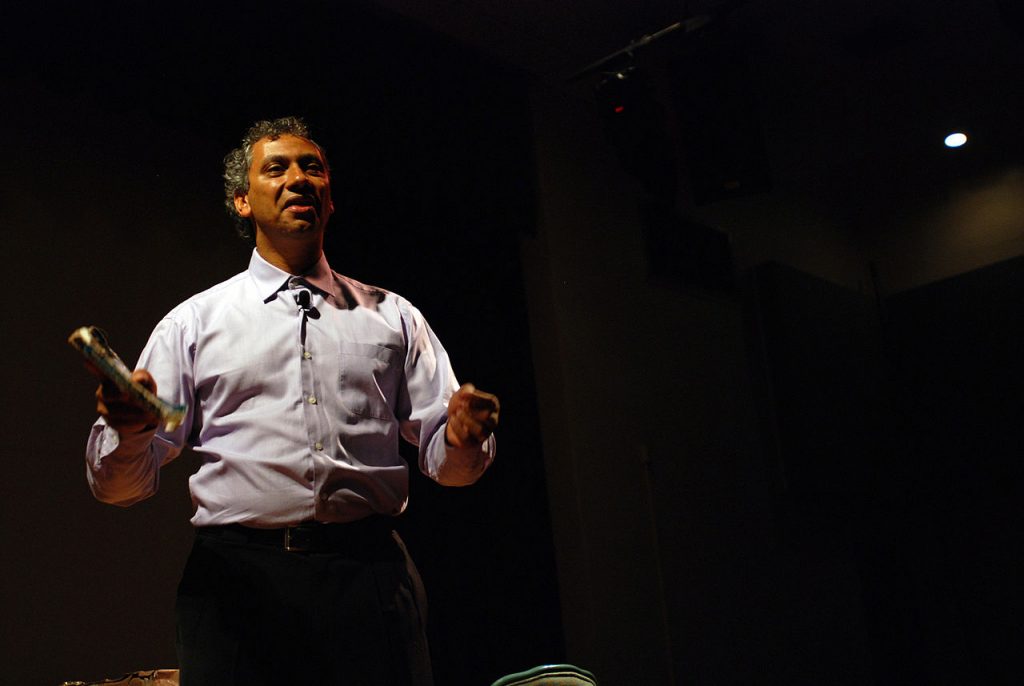Jul 22, 2016
How to Incorporate a Motivational Speaker’s Messaging into Your HR Policy
Attracting and retaining top talent is critical for building sustained growth and maximizing productivity. Here’s how a motivational speaker’s messaging can help your human resources department do just that.
Stagnation poses a real threat across departments within an organization. It can have a particularly detrimental impact on HR. If companies are not continually looking for new ways to attract and retain the best talent, they’re not only sacrificing the potential for innovation and growth, but losing valuable time and money to high turnover rates. In fact, accounting for the costs of recruitment, training, and integration, each new hire represents an investment of more than $5,000 over and above his or her salary, according to recruiterbox — a figure that grows exponentially if the candidate ends up not being a good match.
It’s not merely a question of hiring the right people, however. It’s a matter of cultivating an environment that naturally breeds creative problem solving and innovation. Turning to motivational speakers can be a simple but brilliant way to affect immediate change and inspire new approaches to old problems. Part of the challenge is finding a speaker who can not only captivate an entire audience of diverse employees, but who also provides concrete steps to enact change. This makes incorporating their message into actionable initiatives all the easier, even at a time when the business landscape is dramatically shifting.
Adapting
Gone are the days of lifetime loyalty to a single company. According to entrepreneur and bestselling author Ben Casnocha, it’s time to stop thinking in those terms. Instead, says Casnocha, “start thinking of [employees] as allies on a tour of duty” and reframe the way you build trust and loyalty among your employees.
Achieving this transformation within a company starts with your own individual mindset. “Learn to think and act like an entrepreneur” he advises. “You don’t need to start your own business, but you do need to adopt the mindset and learn the skill set of entrepreneurs.” By committing to fostering your own adaptability and intelligent risk-taking, you can apply these skills to the way you approach your existing staff and future hiring decisions.
Be a Multiplier
The same ideas hold true for Liz Wiseman, renowned executive advisor and author. The best leaders, according to Wiseman, “use their intelligence to amplify the smarts and capabilities of the people around them,” rather than those who “[drain] intelligence, energy, and capability… and always needs to be the smartest person in the room.”
These leaders are the multipliers, those who can work with limited resources (including talent) and still reap incredible rewards. Being able to develop and attract the best employees while also cultivating new ideas to drive innovation begins with great business leadership. This means having the discipline and dedication to constantly strive for improvement on behalf of your entire organization — to be willing, always, to learn more.
Preparing for the Future
It’s not about yesterday; it’s about tomorrow. Seth Mattison, an expert on workforce trends and generational dynamics, knows the importance of ongoing learning and preparing for the future. He advocates for well-researched and thoughtfully planned decisions. Pushing yourself and your organization to understand the trends that are impacting the business world today, including how employee attitudes and behaviors are evolving, will ensure that you remain competitive. The fresh perspectives that experts like Mattison inspire will lead the way.
(Image credit: Wikimedia)
Speaker
Tags

 Dr. Ken Sterling, MBA & Esq.
Dr. Ken Sterling, MBA & Esq.